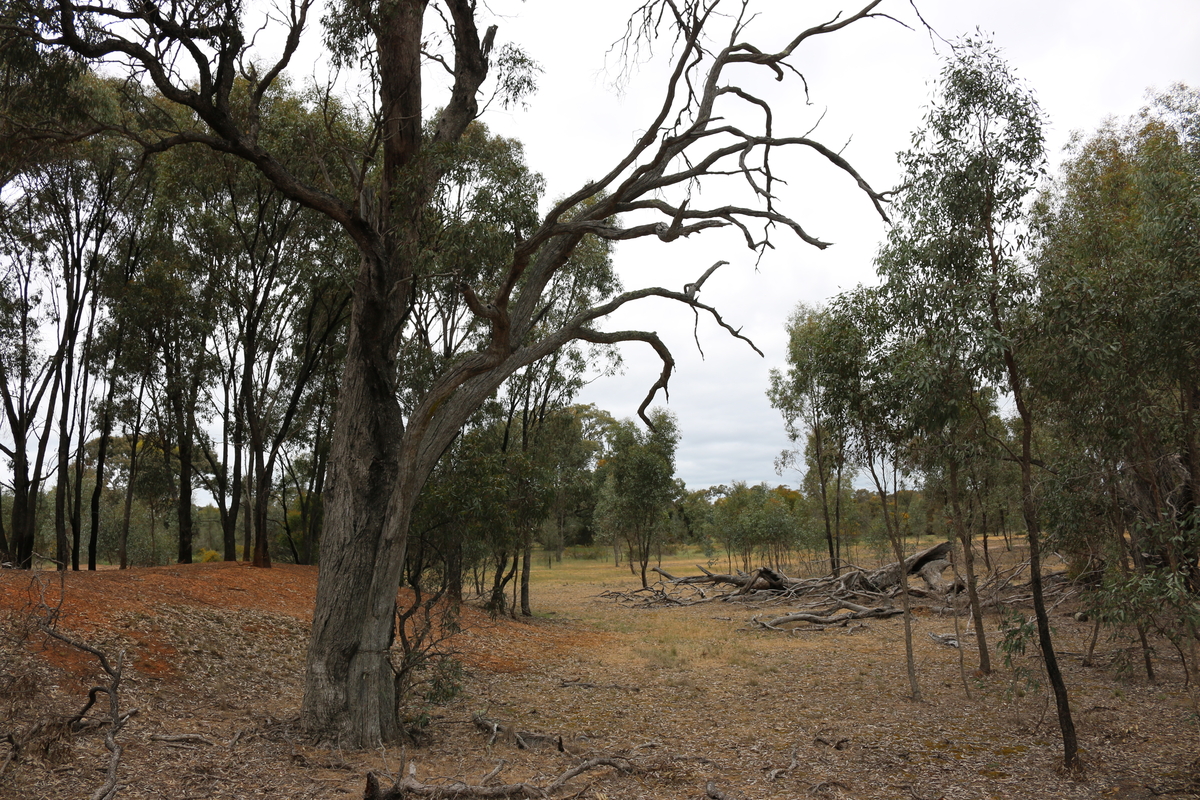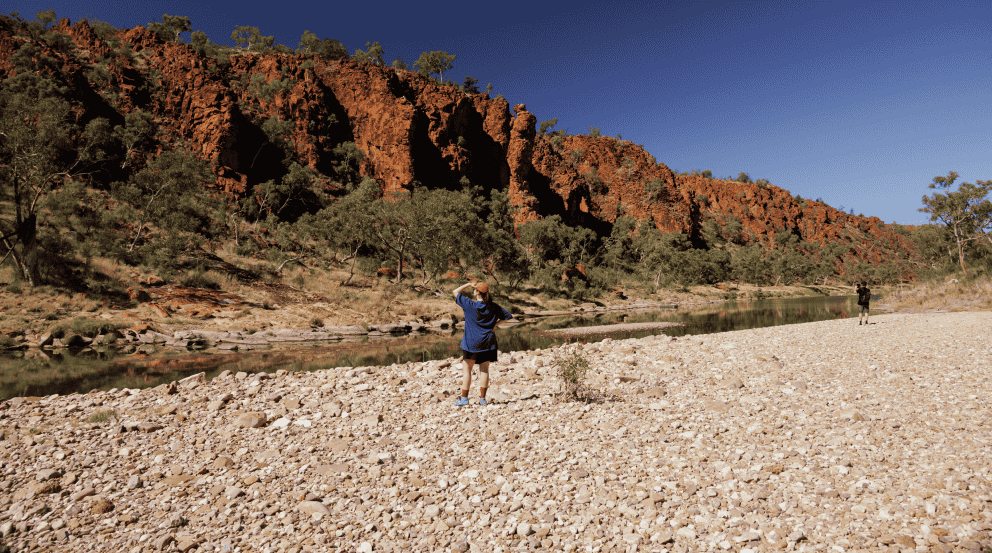Want to greenify your digs as much as possible over the next year? To get started, try these quick and easy tips from Jo Stewart, author of How to Unf*ck the Planet a Little Bit Each Day.
The challenges of climate change may be immense, but taking action in small ways every day can make a difference (and set a great example for your friends, family and neighbours).
Read on for ideas on how to make your home a lean, green, emissions-fighting machine this year.
.jpeg)
Small swaps
Looking for an easy win? Start making these switches around the home today:
1. Switch to recycled toilet paper made from 100% post-consumer waste. Apart from leaving trees in the ground to reduce erosion, draw down CO2 and provide homes for native wildlife, it also takes 50% less energy and 90% less water to make recycled paper in comparison to non-recycled varieties.
2. Say no to single use plastics. Ditch plastic-bottled handwash in favour of bar soap or other more sustainable options. In the kitchen, swap using plastic cling film for reusable beeswax wraps or compostable, biodegradable Great Wrap.
3. Swap meat for plant-based sources of protein like legumes, tofu, nuts and peas. According to studies, eating vegan for two-thirds of your meals could reduce food-related carbon emissions by as much as 60%.
4. Ditch perfect produce in favour of ‘ugly’ fruit and veg. In Australia, up to 25% of vegetables grown don’t end up leaving the farm. Choose Grade 2 produce when shopping at your local grocer or subscribe to an imperfect produce box. Go on, fight food waste and give those gnarly looking (but delicious) sweet potatoes a go.
.jpeg)
5. Set your washing cycle to cold and line-dry your clothes instead of using a tumble dryer. You’ll save a few kilos of carbon emissions every load by washing in cold water, then line-drying your clothes.
6. Rethink how you drink. If you’re a coffee pod user, switch to a recyclable or biodegradable version. More of a tea drinker? Give up teabags and switch to loose-leaf tea to reduce the amount of microplastics ending up in landfill.
7. Switch bills from paper to electronic. From council rates notices to bank statements and beyond, you can receive most communications via email these days.
8. Start borrowing instead of buying. Join your local library to access books, magazines, audiobooks, even DVDs and more for free. Tool libraries, toy libraries and even kitchen libraries exist throughout Australia if you need to loan a cake tin, lawnmower, or Tonka truck.
.jpeg)
9. Replace halogen light bulbs with LEDs, which use 75% less energy and last five to 10 times longer.
10. Swap your cleaning products for greener choices. Forego paper towels in favour of reusable cloths, replace chemical cleaners with natural alternatives or make your own using pantry ingredients like vinegar and bicarb soda.
11. Save the bees! Stop using glyphosate to kill weeds in your garden and replace with chemical-free options like flame or steam weeding, mulching, suppressing with cardboard or pulling the weeds out by hand.
12. If you’re still buying clay or crystal kitty litter, change to a compostable, biodegradable litter made from corn, tofu or pine wood pellets.
13. Stop putting single-use make-up remover pads in your trolley and use washable bamboo rounds that you can use over and over again.
.jpeg)
Bigger switches.
You’ll need a little more time and funds to make these switches, but the pay-off is worth it.
14. Invest in a compost bin to start putting your food waste to good use. Live in an apartment? Tap into local waste sharing options. Of course, there’s an app for that.
15. When it’s time to upgrade, switch to energy efficient appliances. Energy Rating Labels are your friends, with bonus points if you choose a super-efficient model with extra stars.
16. Invest in a new or second-hand bike or e-bike to get around so you can leave your car at home more, or even better, do without one altogether.
17. Replace flimsy blinds and curtains with high-quality versions designed to block out the summer sun and reduce heat-loss during winter. In a win-win for the planet and your household, and your power bills could be cheaper too. Nice.
.jpeg)
Even bigger switches
If you’re keen to go all-out with some larger green investments around the home, consider taking an Eco Pause on your home loan to fund upgrades that make your home more sustainable.
18. Install a rainwater tank in your backyard to replace using mains water in your garden. Connecting the tank to your toilet or washing machine can also supercharge your water savings.
19. Instead of relying on the grid, install solar panels (and a battery) so you can harness the sun to power your home. Depending on the scope and scale of your project, you may even qualify for a Bank Australia Clean Energy Home Loan.
20. Get off gas by swapping your water heater, oven and other gas appliances over to electric. Don’t know where to start? Read this handy guide to get the lowdown on going electric.
.webp)







